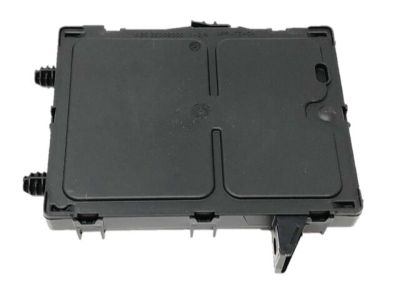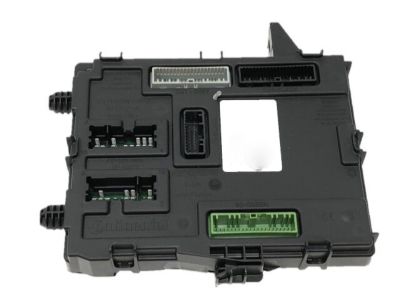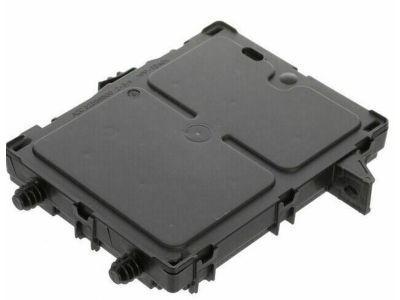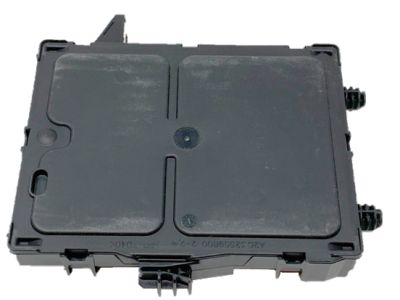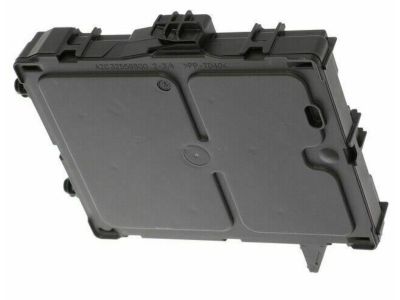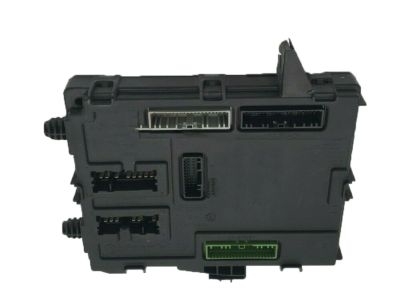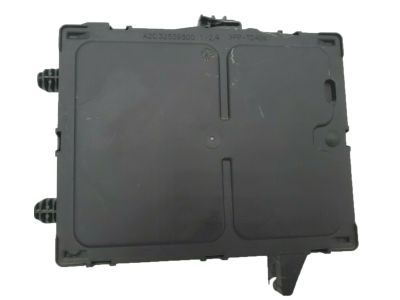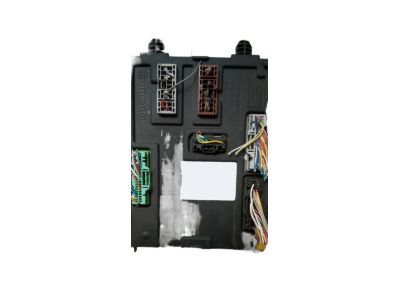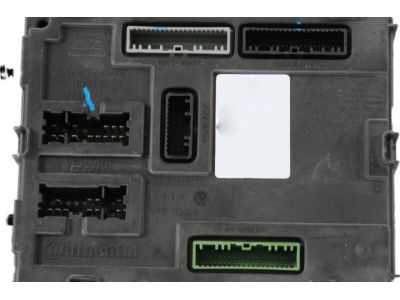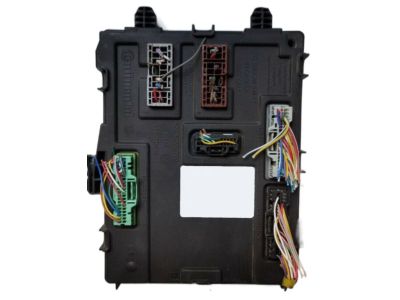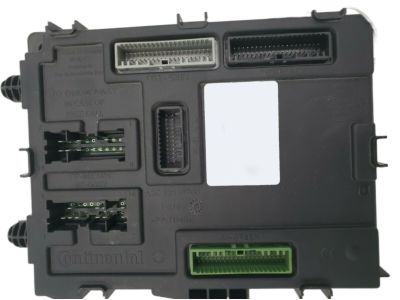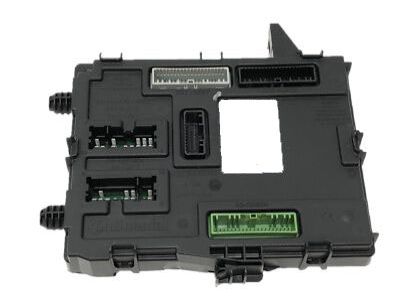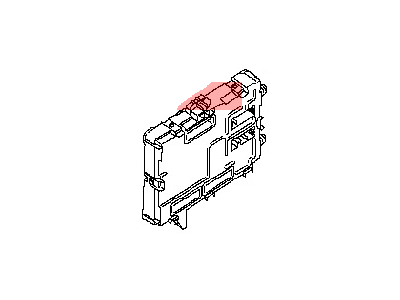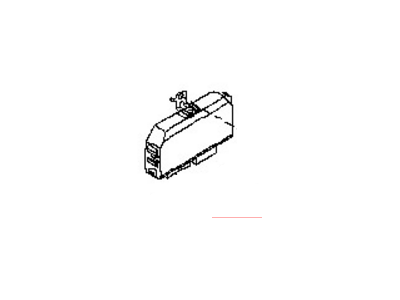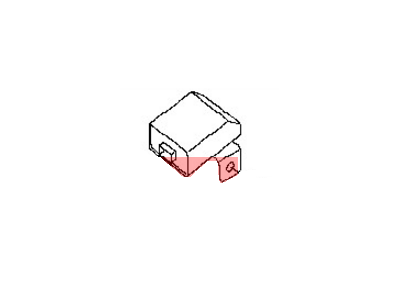×
- Hello
- Login or Register
- Quick Links
- Live Chat
- Track Order
- Parts Availability
- RMA
- Help Center
- Contact Us
- Shop for
- Nissan Parts
- Nissan Accessories

My Garage
My Account
Cart
Genuine Nissan Rogue Body Control Module
BCM- Select Vehicle by Model
- Select Vehicle by VIN
Select Vehicle by Model
orMake
Model
Year
Select Vehicle by VIN
For the most accurate results, select vehicle by your VIN (Vehicle Identification Number).
28 Body Control Modules found

Nissan Rogue Body Control Module Assembly
Part Number: 284B1-4BA5A$583.33 MSRP: $898.82You Save: $315.49 (36%)Ships in 1-2 Business Days
Nissan Rogue Body Control Module Assembly
Part Number: 284B1-4BA6A$618.97 MSRP: $953.73You Save: $334.76 (36%)Ships in 1-3 Business Days
Nissan Rogue Body Control Module Assembly
Part Number: 284B1-4BA0B$639.18 MSRP: $984.87You Save: $345.69 (36%)Ships in 1-3 Business Days
Nissan Rogue Body Control Module Assembly
Part Number: 284B1-4BA1A$583.33 MSRP: $898.82You Save: $315.49 (36%)Ships in 1-3 Business Days
Nissan Rogue Body Control Module Assembly
Part Number: 284B1-4BA1B$639.18 MSRP: $984.87You Save: $345.69 (36%)Ships in 1-3 Business Days
Nissan Rogue Body Control Module
Part Number: 284B1-7FL0A$680.34 MSRP: $1048.29You Save: $367.95 (36%)Ships in 1-3 Business Days
Nissan Rogue Body Control Module Controller Assembly
Part Number: 284B1-4BA2A$583.33 MSRP: $898.82You Save: $315.49 (36%)Nissan Rogue Cont Assembly Power Back Door
Part Number: 284G0-4BA5B$352.23 MSRP: $542.73You Save: $190.50 (36%)Ships in 1-3 Business DaysNissan Rogue CONT ASSY POWER BACK DOOR
Part Number: 284G0-6RR7E$149.53 MSRP: $230.40You Save: $80.87 (36%)Nissan Rogue Body Control Module
Part Number: 284B1-7FL1A$680.34 MSRP: $1048.29You Save: $367.95 (36%)Ships in 1-3 Business DaysNissan Rogue Controller Assy-Keyless
Part Number: 28595-6FL0A$152.26 MSRP: $234.60You Save: $82.34 (36%)Ships in 1-3 Business DaysNissan Rogue Control Unit Assembly-BCM
Part Number: 284B2-6RA3A$268.17 MSRP: $413.20You Save: $145.03 (36%)Ships in 1-3 Business DaysNissan Rogue Body Control Module Assembly
Part Number: 284B1-4BA0A$583.33 MSRP: $898.82You Save: $315.49 (36%)Ships in 1-3 Business DaysNissan Rogue Body Control Module Assembly
Part Number: 284B1-CZ30A$662.84 MSRP: $1021.33You Save: $358.49 (36%)Ships in 1-3 Business DaysNissan Rogue Body Control Module Controller Assembly
Part Number: 284B1-4BA5B$639.18 MSRP: $984.87You Save: $345.69 (36%)Ships in 1-3 Business DaysNissan Rogue CONTROL ASSY - SMART KEYLESS
Part Number: 285E1-6RR0D$249.05 MSRP: $383.75You Save: $134.70 (36%)Ships in 1-3 Business DaysNissan Rogue Body Control Module
Part Number: 284B1-4BA8A$614.12 MSRP: $946.25You Save: $332.13 (36%)Ships in 1-3 Business DaysNissan Rogue Body Control Module Assembly
Part Number: 284B1-7FL1B$626.31 MSRP: $965.04You Save: $338.73 (36%)Ships in 1-3 Business DaysNissan Rogue CONTROL UNIT ASSY-BCM
Part Number: 284B2-6RA0E$167.34 MSRP: $257.84You Save: $90.50 (36%)
| Page 1 of 2 |Next >
1-20 of 28 Results
Nissan Rogue Body Control Module
If you need any OEM Nissan Rogue Body Control Module, feel free to choose them out of our huge selection of genuine Nissan Rogue Body Control Module. All our parts are offered at unbeatable prices and are supported by the manufacturer's warranty. In addition, we offer quick shipping to have your parts delivered to your door step in a matter of days.
Nissan Rogue Body Control Module Parts Questions & Experts Answers
- Q: What is the function and importance of the Body Control Module (BCM) in Nissan Rogue systems?A:A considerable number of controls are sourced from switches and sensors located in the car; the BCM command, which could be in multifunction voltage, is relayed to the relevant parts. This component is integrated with the IPDM or/and PCM, and gets signals from the air conditioning system and transmits them to the ECM via CAN network. The BCM interacts with many systems such as the combination switch system, signal buffer system, power consumption control system, auto light system, turn signal and hazard warning light system, headlight system, fog light system, daytime running lights system, interior illumination system, interior illumination battery saver system, windshield wiper/washer system, warning chime system, power door lock system, power window system, the air conditioning compressor clutch, Nissan Anti-Theft System ( CAN communication enables two-way high rate communication between the BCM and other control systems through CAN-L and CAN-H lines, The control unit sends data and at the same time receives data while at the same time reading particular data. On the 2013 and earlier models the BCM is centrally located in the section below the instrument panel where the Glove box is, while on the models that were manufactured between 2014 the BCM is located below the driver's side panel of the instrument panel. BCM is usually complicated to remove or install without special diagnostic equipment that can decode the car and if removed, the BCM has to be reprogrammed on the same equipment for it to work to require service with a dealer or a qualified independent repair shop with the right tools.
Related Nissan Rogue Parts
Browse by Year
2022 Body Control Module 2021 Body Control Module 2020 Body Control Module 2019 Body Control Module 2018 Body Control Module 2017 Body Control Module 2016 Body Control Module 2015 Body Control Module 2014 Body Control Module 2013 Body Control Module 2012 Body Control Module 2011 Body Control Module 2010 Body Control Module 2009 Body Control Module 2008 Body Control Module
